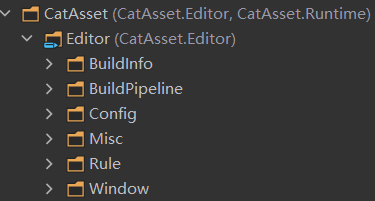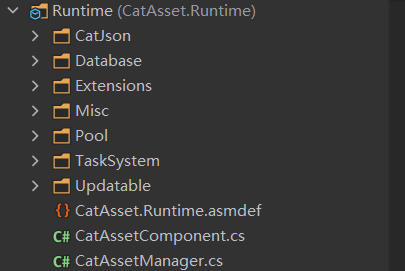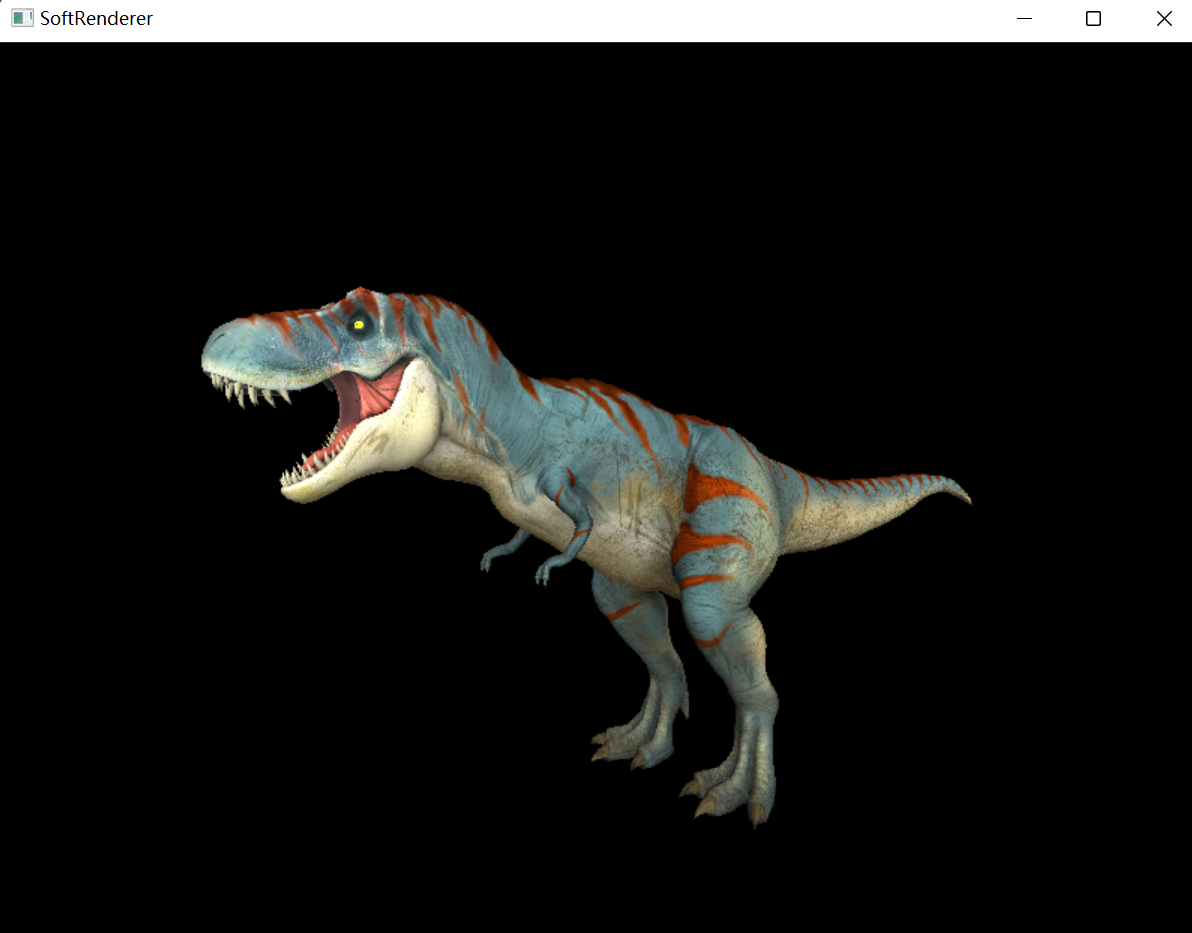前言 在使用SpriteAtlas时,通常会将include in build勾选,然后将SpriteAtlas的所有散图打包进同一个AssetBundle中(但图集本身不打包),最终打包出的AssetBundle会包含图集Texture+所有散图的Sprite
假设有图片G0、G1、G2、G3被打包进了同一个AssetBundle中,并且归属于同一个SpriteAtlas,那么此AssetBundle所包含的资源便如下:
而在没有SpriteAtlas的情况下,则是这样的:
可以看出2个AssetBundle的文件体积差距并不大,其主要差异在其中包含的资源上
那么是什么导致这样的差异呢?
这里就需要提及在反复打包测试后得出的, Unity处理SpriteAtlas时的2个重要规则了:
在图片被打包时,如果此图片属于某个SpriteAtlas,那么Unity就只会打包此图片的Sprite,而不会打包Texture ,因为在加载此图片时,得实际从SpriteAtlas的Texture中进行加载
如果勾选了SpriteAtlas的include in build,那么会建立起散图对SpriteAtlas的隐式依赖 ,后续在打包图片时就会按照Unity的自动依赖收集机制决定SpriteAtlas是进入安装包还是进入AssetBundle,这样Unity就可以在需要加载散图时自动找到对应的SpriteAtlas(否则就需要使用者自行做late binding处理)。而且Unity会自动修正因为通过隐式依赖进入AssetBundle中的SpriteAtlas冗余 (但是在老版本中因为Bug导致没有这个修正,从而造成SpriteAtlas在AssetBundle中的多份冗余)
SBP处理SpriteAtlas的Bug 然而可惜的是,在Unity的SBP中(可编程构建管线),第1个规则并没有生效,于是就形成了SBP与Builtin构建管线的结果不一致现象
通过SBP对上面相同资源的打包结果如下:
可以看到散图的Texture也一并被打包了,最终造成纹理的双倍冗余
在反复测试后,发现只有单独打包SpriteAtlas而不打包散图的情况下,才能避免纹理冗余:
但这么做的弊端就是上层使用者无法直接从AssetBundle中手动加载散图,必须先加载SpriteAtlas,然后再从SpriteAtlas中手动加载散图才行,最终破坏了原本上层使用者对于SpriteAtlas的“无感知”体验优势 ,而想恢复这个优势就必须自行在资源框架层进行额外处理
解决方案 在发现这个Bug后,便先试图反馈到Unity官方,但是即使反馈成功也不知道何时会进行修复,所以只能先自己动手解决Bug了
思路也比较简单,得益于SBP高度可定制的构建流程,只需要在散图AssetBundle的内容生成后——文件写入前这个时机,通过插入自定义的BuildTask,将冗余出来的散图纹理从中删掉即可 ,具体代码如下:
1 2 3 4 5 6 7 8 9 10 11 12 13 14 15 16 17 18 19 20 21 22 23 24 25 26 27 28 29 30 31 32 33 34 35 36 37 38 39 40 41 42 43 44 45 46 47 48 49 50 51 52 53 54 55 56 57 58 59 public class FixSpriteAtlasBug : IBuildTask { public int Version => 1 ; [InjectContext ] IBundleWriteData writeDataParam; public ReturnCode Run ( { BundleWriteData writeData = (BundleWriteData)writeDataParam; HashSet<GUID> spriteGuids = new HashSet<GUID>(); foreach (var pair in writeData.FileToObjects) { foreach (ObjectIdentifier objectIdentifier in pair.Value) { string path = AssetDatabase.GUIDToAssetPath(objectIdentifier.guid); Object asset = AssetDatabase.LoadAssetAtPath<Object>(path); if (asset is SpriteAtlas) { List<string > spritePaths = EditorUtil.GetDependencies(path, false ); foreach (string spritePath in spritePaths) { GUID spriteGuild = AssetDatabase.GUIDFromAssetPath(spritePath); spriteGuids.Add(spriteGuild); } } } } foreach (var pair in writeData.FileToObjects) { List<ObjectIdentifier> objectIdentifiers = pair.Value; for (int i = objectIdentifiers.Count - 1 ; i >= 0 ; i--) { ObjectIdentifier objectIdentifier = objectIdentifiers[i]; if (spriteGuids.Contains(objectIdentifier.guid)) { if (objectIdentifier.localIdentifierInFile == 2800000 ) { objectIdentifiers.RemoveAt(i); } } } } return ReturnCode.Success; } }
1 2 3 4 5 6 7 8 9 10 11 12 13 14 15 16 17 18 19 20 private static List<IBuildTask> GetSBPInternalBuildTask ( { buildTasks.Add(new GenerateBundlePacking()); buildTasks.Add(new FixSpriteAtlasBug()); buildTasks.Add(new UpdateBundleObjectLayout()); buildTasks.Add(new GenerateBundleCommands()); buildTasks.Add(new GenerateSubAssetPathMaps()); buildTasks.Add(new GenerateBundleMaps()); buildTasks.Add(new PostPackingCallback()); return buildTasks; }
注意:此修复的限制在于,同一个SpriteAtlas的的所有散图必须被打包进同一个AssetBundle,并且如果SpriteAtlas没有勾选include in build,也必须和它所包含的散图在同一个AssetBundle中
![]()
![]()
![]()
![]()





